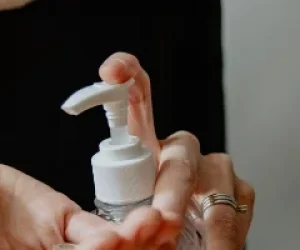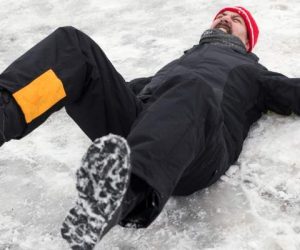Not only will Sqwincher continue to protect workers from heat stress and fatigue related injuries during the summer months but will also provide protection from “COLD WEATHER STRESS AND FATIGUE RELATED INJURIES AS WELL! The following information will provide the details to support the continued use of Sqwincher during the Fall & Winter.
Hot Factory Operations During The Fall & Winter
In preparing for the hot summer months, customers with operations that require heat to manufacturer their products and plant operations that are hot and humid, implement an electrolyte replacement drink as part of a proper “Hydration program”. Examples of such operations are foundry, fabricating, pulp & paper mills, bakeries, aluminum and plastic extrusion operations to name a few. These manufacturing processes generate significant radiant heat that workers are required to work in. Those working in these operations are exposed to heat stress related injuries, injuries caused by fatigue and reduced productivity regardless of the time of year and the temperature outside.
Traditionally, these companies remove their electrolyte programs throughout the plant as soon as the summer ends or the outdoor temperatures cool. This practice exposes employees to heat stress related injuries, injuries caused by fatigue and reduced productivity. A more proper practice for these applications is to remove the Sqwincher electrolyte stations outside of the locations where high heat exists and allow continued use of Sqwincher for those working in or near the high heat areas, or what we call the “HOT ZONE”.
Sqwincher Protects You When Working In The Cold Both In And Outdoors
According to the Occupational Safety and Health Association’s (OSHA) recommendation for fluid intake when working in cold environments, they state the following:
“DRINK SWEET DRINKS AND/OR ELECTROLYTE REPLACEMENT DRINKS,
DO NOT DRINK COFFEE, TEA OR HOT CHOCOLATE”.
www.osha.gov/Publications/osha3156.pdf
The reason OSHA recommends that you should not drink tea, coffee or hot chocolate in cold temperatures is due to the fact that they contain caffeine. Caffeine causes “VASO CONSTRICTION” or a decrease of circulation to the extremities, such as hands, feet, nose and skin. As a result, this will increase the potential risk of frostbite, injuries caused by fatigue, decrease productivity and will reduce your body’s ability to maintain core body temperature.
The use of sweet drinks and/or electrolytes drinks in cold temperatures, as recommended by OSHA, will provide the following benefits:
- Increase hydration levels.
- Increase circulating volume, the amount of fluid in your body.
- Replenishes the electrolytes that provide the energy the muscles need to work more efficiently and enhance the hearts ability to pump blood to the extremities.
- Keep body core temperature at a more stable level allowing the body to stay warmer longer.
- Increase energy levels and endurance.
- DECREASES THE POSSIBILITY OF FROSTBITE.
- DECREASE THE POSSIBILITY OF INJURIES CAUSED BY FATIGUE.
- DECREASE THE POSSIBILITY OF COLD WEATHER ILLNESS SUCH AS COLDS, FLU, COUGHS, ETC.
- HELP TO REDUCE EMPLOYEE ABSENTEEISM.
- INCREASE PRODUCTIVITY.
Make Sqwincher Part Of Your Health And Safety Program 12 Months Of The Year!
Sqwincher offers the most packaging options serving the occupational health and safety market ensuring a cost effective solution for every application.








